Thermal and thermoactive clothing
October, November, and December are months when the autumn-winter weather outside isn't conducive to outdoor sports. People tend to reach for a warm blanket and prefer lounging on the couch with a cup of hot tea. However, some are highly determined, including professional, elite athletes for whom the weather doesn't matter.
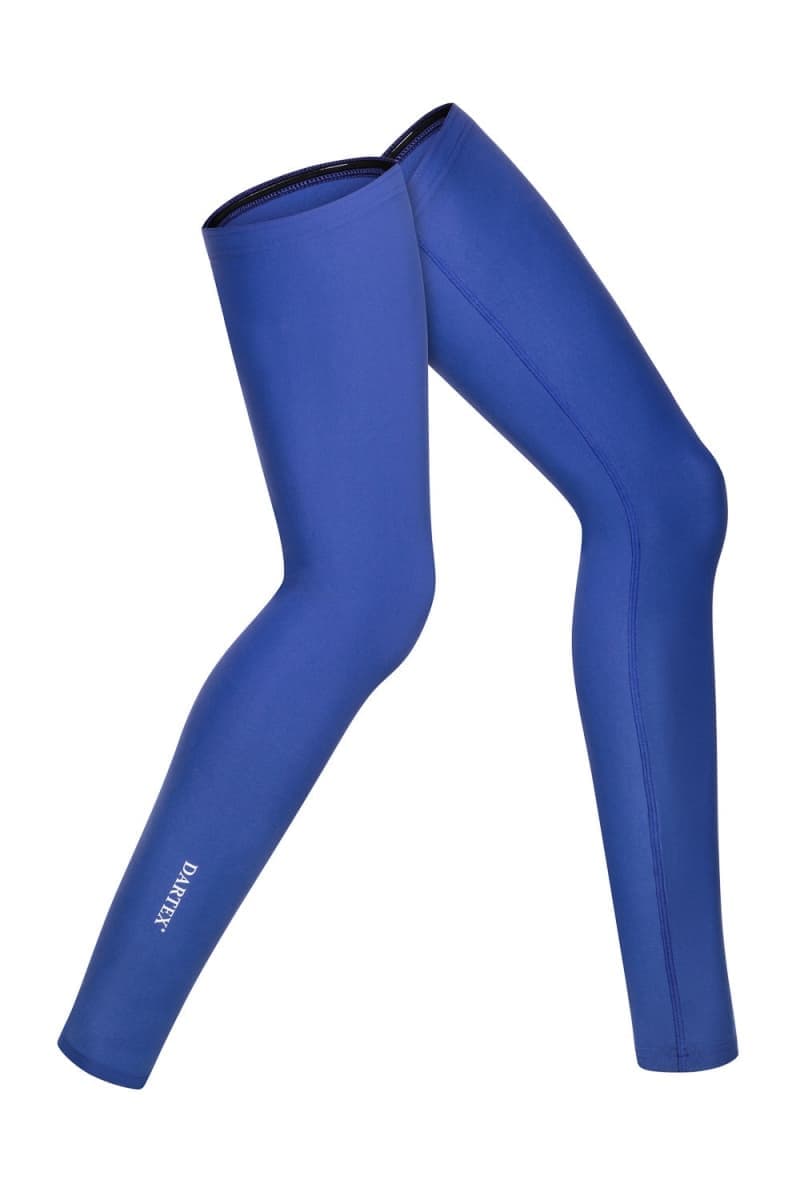

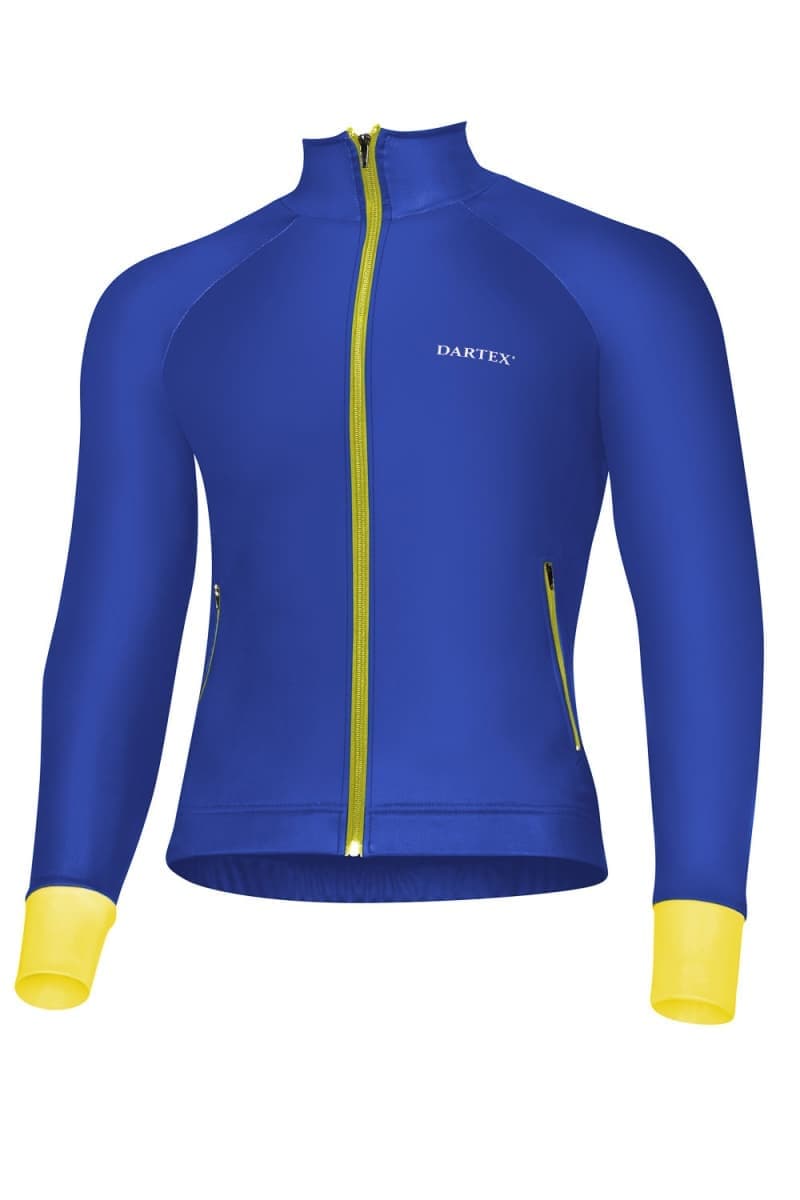
Following the principle of Northern Europeans that "there's no bad weather, only bad clothing," we'd like to discuss the importance of proper attire during outdoor activities in the autumn-winter season.
We all know about thermal and thermoactive clothing, but these terms are often mistakenly used interchangeably. Thermal clothing protects the body from cold and excessive cooling by providing a high level of thermal insulation. Thermal clothing is made from thick, dense materials, making it ideal for sports like mountain trekking, skiing, ice skating, and snowboarding.
Unfortunately, thermal clothing does not provide adequate ventilation for the body. This is where thermoactive clothing comes in, as it not only helps maintain an optimal body temperature but also wicks sweat away from the body, preventing it from getting cold. Thermoactive clothing owes these properties to special types of synthetic fabrics like polyamide and polypropylene (all with a touch of elastane) or natural materials like merino wool. Thermoactive clothing is commonly used by cyclists, runners, triathletes, and Nordic walkers.
For both thermal and thermoactive clothing, the right cut and quality of construction are crucial. This clothing should not restrict movement, irritate the skin, or cause discomfort. That's why at DARTEX, as a tailoring company, we take great care in creating the first design, sewing the first sample pieces, which our clients then try on models, test during movement, and evaluate after washing, etc.
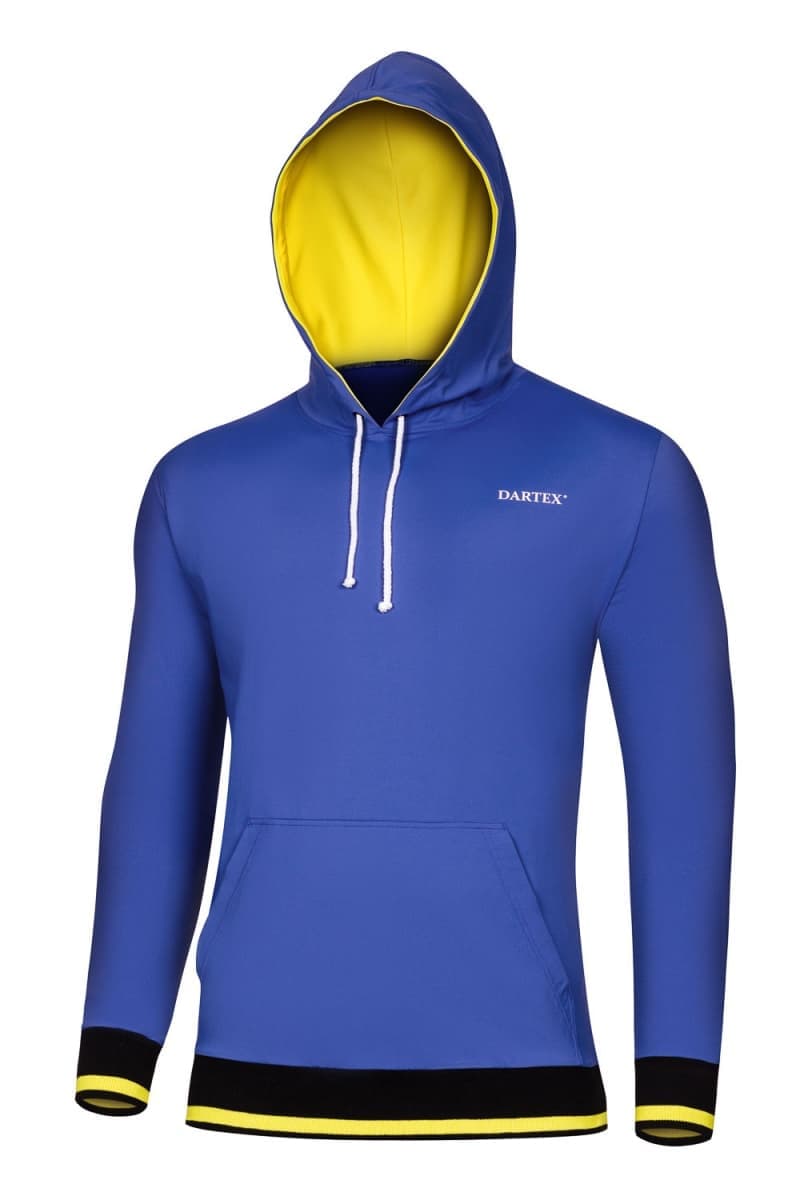
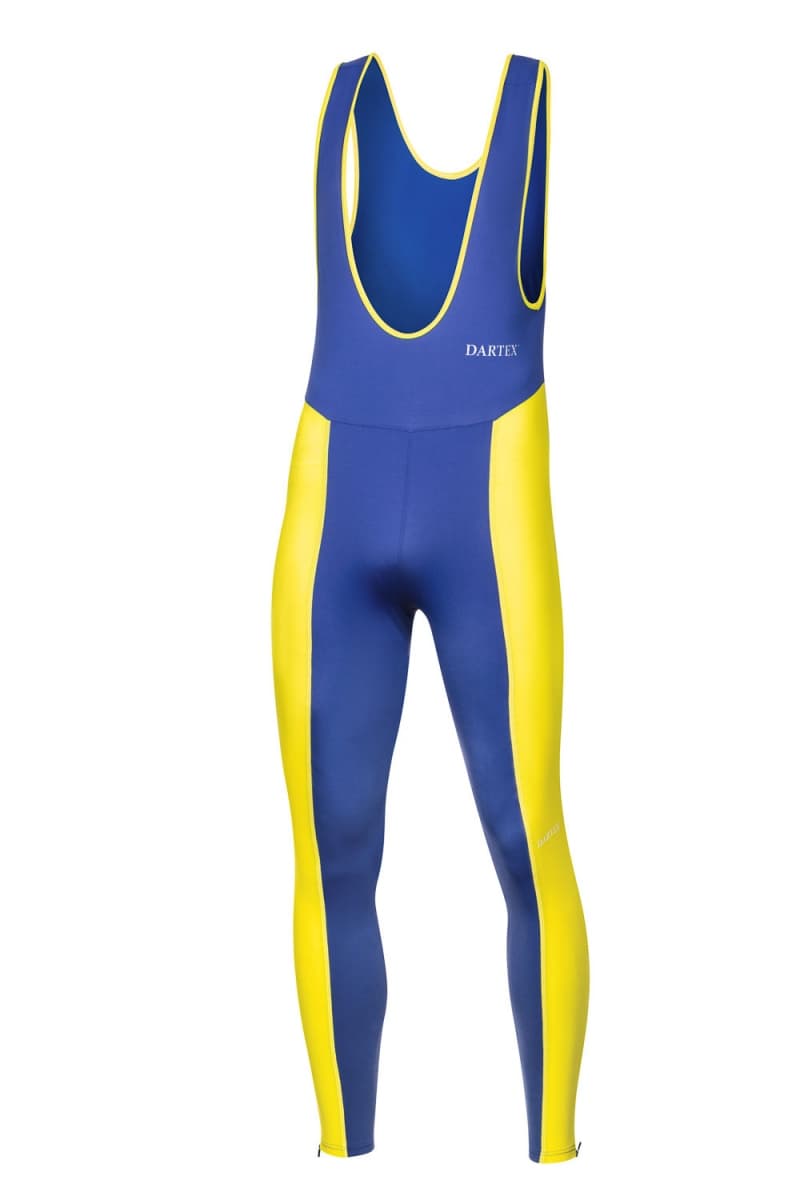
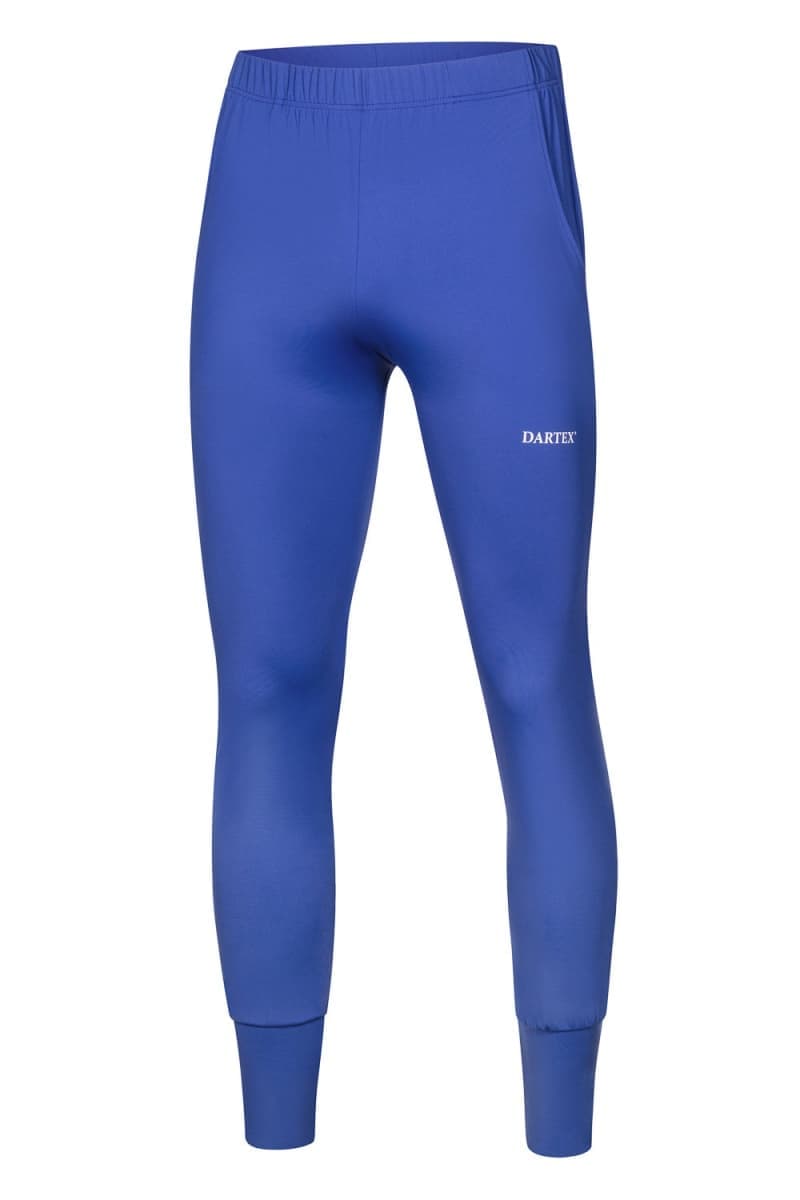
However, the production process, as the final step, is equally important. As a company with many years of experience in sportswear sewing, we use various production techniques that ensure high product quality. In the case of sportswear, whether thermoactive or thermal, these include:
1/ Special Flat Seams
The commonly used method for sewing sportswear is the 4-thread overlock stitch, which is then "pressed" with a coverstitch machine. This method, which involves stitching the same seam twice, results in a thicker seam. To achieve flat seams that give the clothing a "second skin" effect, we use an autolap machine in our company. This machine joins materials by creating a full lap seam with four needles. This is a relatively advanced technology that ensures the seams don't cause chafing during intense workouts.
2/ Elastic, Durable Seams
All clients we've worked with agree on one thing – our seams are exceptionally elastic and durable. This is thanks to the precision and knowledge we possess. For stretchy materials, it's crucial that the clothing doesn't tear when putting it on, moving, or taking it off and that it withstands all stresses. Therefore, we ensure that the stitches are dense, which means many needle strikes per centimeter of seam and an exceptionally rigorous quality control process.
3/ Reflective Elements
For outdoor sportswear, reflective markings are a definite advantage. With a heat press, we can apply various types of reflective elements to clothing, improving the visibility of athletes during evening activities. This is particularly useful for cycling, triathlon, or running gear. Our heat press has a rotating work plate and adjustable heating plate, allowing us to "press" reflective elements on any part of the clothing.
4/ Heat Transfer Films
Every athlete knows how annoying a scratchy label can be during movement. At our company, we address such inconveniences by offering our clients the option to replace standard woven or fabric labels with heat transfer films. On this film, our clients can design their company logo, size chart, fabric composition, and washing instructions, which we can then apply to the desired location using our heat press.
5/ Non-Slip Grips
In sports like cycling, triathlon, or running, leg warmers and arm warmers are very popular clothing elements. These small accessories are ideal for when it's too warm for long pants but too cold for shorts or short sleeves. To ensure the arm and leg warmers stay in place, we sew non-slip grips into them, which typically have a silicone strip on the inside to prevent the clothing from sliding off the body.
As you can see from the above (and without being too modest) – we know our craft!
If you're someone who wants to create sportswear of unique quality that ensures maximum freedom and comfort of movement, get in touch with us. During our collaboration, we'll share our experience and knowledge and put our hearts into creating exceptional products.
